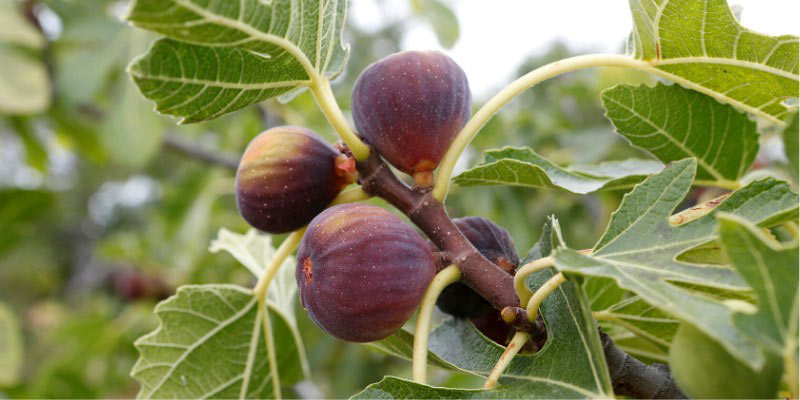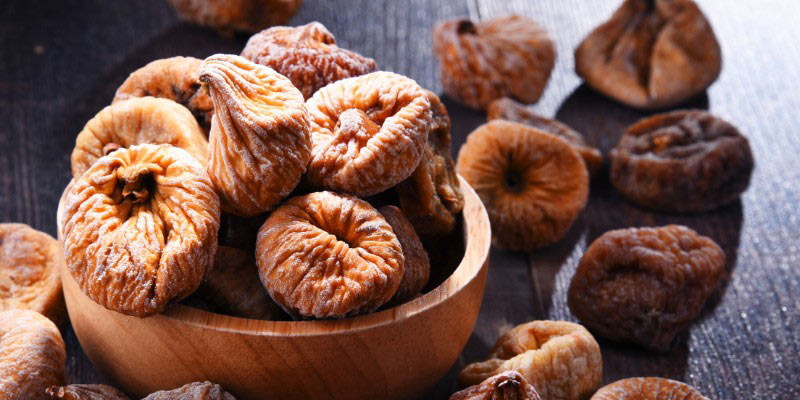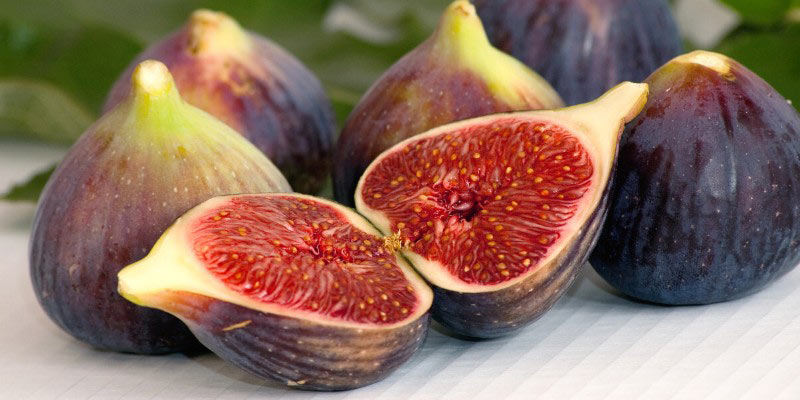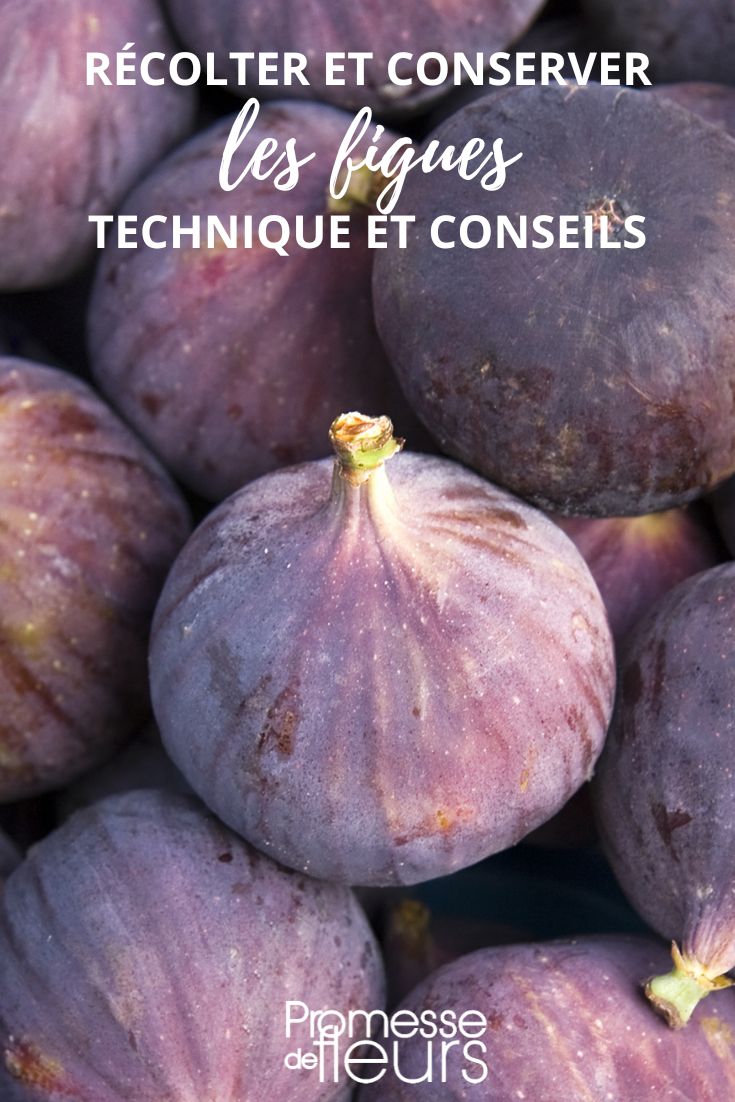Figs are prized for their juicy flesh and sweet, mild flavour. These emblematic fruits of Mediterranean basin are particularly rich in vitamins and minerals. Fig trees (Ficus carica) are also highly ornamental and easy to grow! In this tutorial we give all our tips on how to harvest, store and cook figs, so you can enjoy them year-round.
To learn more about growing fig tree, feel free to consult our comprehensive fact sheet: "Fig tree: planting, pruning and maintenance".
When and how to harvest figs?
Figs are harvested in mid-summer, from early July to mid-August, and sometimes until October depending on variety. More precisely, there are single-crop varieties producing one harvest per year in late summer (August–September), and biferous varieties fruiting twice a year: in early summer (June–July) and again in early autumn (late August to October). Pick figs as they reach ripeness, when they are soft to the touch (but not overly soft) and come away easily: a slight sideways movement will usually snap the peduncle. Ripe figs are usually darker in colour, although this depends on variety. Fig trees reach full production around 5 to 7 years after planting.

How to store them?
Figs are delicate fruits and keep for only a short time after picking at room temperature. To extend shelf life slightly, we recommend placing them in a cool, airy spot, ideally in your fridge's vegetable drawer, where they can last up to a week. For longer-term storage, dry or freeze them.
Drying them
This is the best method for preserving figs. Dried figs can keep for several months and are an excellent way to enjoy their benefits year-round. To dry figs there are different techniques: in sun, in oven or in a dehydrator. In all cases, start by washing figs, patting them dry with a cloth or paper towel, then cut them in half if large to speed up drying. You can then place them on an oven rack, cut side up, ensuring they do not touch, and bake at 50 °C for 36 hours. Alternatively, use a dehydrator at 40 °C, or dry in sun (provided weather conditions are suitable: plenty of sun, high temperatures and very low humidity).
Then place dried figs in an airtight container, ideally a glass jar, and store in a dry, dark place.
For more information, consult our advice sheet: "How to dry figs?"

Freezing them
It is also possible to freeze figs. Start by washing them, drying with a cloth or paper towel, then cut in halves or quarters. Next spread them out on baking paper so they do not touch, then place them in fridge for 24 hours. You can then transfer them into a freezer bag and put in freezer (this intermediate step prevents figs from sticking together when frozen).
How to cook them?
Although delicious eaten fresh, figs can also be cooked to make tarts, jams, cakes, chutneys… Fresh figs are ideal added to salads, bringing a pleasant sweet touch. Figs pair well with various cheeses, notably goat's cheese, and can be incorporated into savoury dishes to add a sweet note, for example with chicken.
Dried figs, meanwhile, are perfect in bread, cake or loaf recipes or as healthy snacks. They can be added to dishes such as couscous, tagines, salads…

































Comments